
Webinar Date/Time: Wednesday, September 17, 2025 Morning Session: 10:00 AM EST | 7:00 AM PST | 3:00 PM BST | 4:00 PM CEST Afternoon Session: 1:00 PM EST | 10:00 AM PST | 6:00 PM BST | 7:00 PM CEST

Webinar Date/Time: Wednesday, September 17, 2025 Morning Session: 10:00 AM EST | 7:00 AM PST | 3:00 PM BST | 4:00 PM CEST Afternoon Session: 1:00 PM EST | 10:00 AM PST | 6:00 PM BST | 7:00 PM CEST

Digestion of oils and plastics can be a challenge even to analytical laboratories. Herein, samples ranging from robust to routine are completely digested in minutes.

BLADE was used to digest various cosmetics products in preparation for analysis of As, Cd, Cr, Co, Pb, Hg, and Ni. Analysis was performed by ICP-OES.

The efficient, rapid sample preparation and analysis of dietary supplements for elemental impurities is demonstrated using the BLADE, a sequential digestion system.

In this application note, the BLADE™ is utilized to safely digest diverse battery raw materials at temperatures and pressures required to provide better analysis via ICP-MS and ICP-OES for improved battery performance development.

Trace metals analysis of food samples can be complicated due to their varied composition. In this application note, BLADE’s fast digestion times and sequential automation gives the ultimate flexibility in sample preparation to reduce analysis bottlenecks and streamline workflow.

This application note demonstrates the adeptness of the BLADE™, a sequential digestion system, in efficiently and rapidly digesting various forms of dietary supplements for sample preparation and elemental analysis by ICP-MS.

The efficient, rapid sample preparation and analysis of dietary supplements for elemental impurities is demonstrated using the BLADE, a sequential digestion system.

Webinar Date/Time: Tue, Oct 17, 2023 11:00 AM EDT

This application note demonstrates CEM’s BLADE, an automated digestion system capable of efficiently analyzing source materials of batteries for improved production.

Webinar Date/Time: Thu, Jul 27, 2023 11:00 AM EDT

Digestion of oils and plastics can be a challenge even to analytical laboratories. Herein, samples ranging from robust to routine are completely digested in minutes.





Introducing the BLADE Automated Microwave Digestion System for preparation of routine to extreme samples for elemental analysis. BLADE brings speed, simplicity, flexibility, and performance to help labs achieve better quality digests in a fraction of the time of other systems.
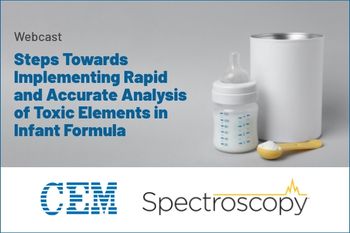
Thursday, November 10th 202211 AM EST | 10 AM CST | 8 AM PST Learn how testing labs are achieving better sample prep and increasing their sample throughput by implementing automated microwave digestion in their workflow.

In this application note, we present microwave digestion protocol for various components of lithium batteries along with analysis of reference and spiked materials.
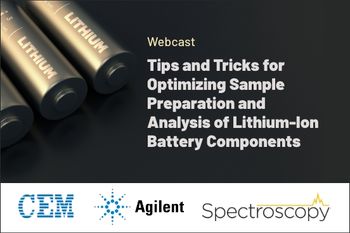
Wed, Sep 21, 2022 11:00 AM EDT | 10am CDT | 8am PDT Learn about trends in Li-Ion battery manufacturing and tips and tricks to streamline elemental analysis of anode, cathode, and electrolyte materials.

Recently approved methodology expanded the use of microwave digestion for the analysis of trace metals in wastewater. Learn how to increase your laboratory’s throughput.

Heavy metals in baby food is a current topic near and dear to parents worldwide. In this app note, learn how to digest 5 g baby food samples in 5 mL of acid.




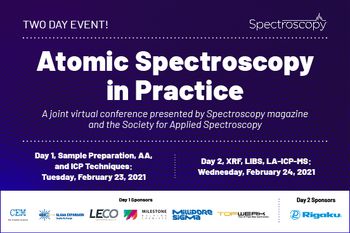
***Live: Tuesday February 23, 2021 & Wednesday February 24, 2021*** Spectroscopy magazine and the Society for Applied Spectroscopy (SAS) are pleased to present a joint virtual conference on February 23 and 24, 2021, called “Atomic Spectroscopy in Practice.” This two-day event will provide highly practical information for atomic spectroscopists and analytical laboratory staff working with molecular atomic techniques. *** On demand available after final airing until Feb. 24, 2022***
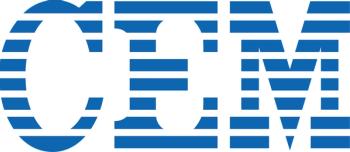
In 1970, marijuana was designated a Schedule I drug under the Controlled Substances Act, making it nearly impossible for laboratories to perform cannabis research. However, medicinal use of cannabis is now legal in Canada and 36 U.S. states, with more joining every year. With the passage of the Farm Bill in 2018, it is now federally legal to grow and process hemp in all 50 states. All of this interest in medical cannabis and CBD has highlighted the need for good analysis methodology in this relatively young market. Cannabis analysis is still developing standardized protocols, requirements, and acceptable testing practices. Typical testing requirements for cannabis and its products include heavy metal analysis, pesticide residue, and the potency of active ingredients such as tetrahydrocannabinol (THC). The terpene content of cannabis is also important. Terpenes have been shown to have beneficial uses for treatment of conditions ranging from cancer and inflammation to anxiety and sleeplessness. It is believed that the combination of terpenes and cannabinoids in cannabis produce a synergistic effect with regard to medical benefits, further elevating its popularity worldwide.

***Live: Wednesday, December 2, 2020 at 11am EST | 8am PST | 4pm GMT | 5pm CET***Join us for a great educational opportunity for the ICP analyst. Learn tips on ICP nebulizer selection and maintenance and how to choose the best microwave digestion vessel based on sample type and digestion parameters. *** On demand available after final airing until Dec. 2, 2021.***
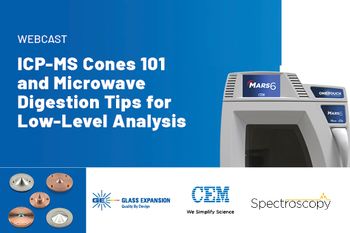
*** Live: Tuesday, November 3, 2020 at 11am EST| 8am PST| 4pm GMT| 5pm CET***Join us for a great educational opportunity for the ICP-MS analyst. Learn tips on ICP-MS cone selection, conditioning, and maintenance, in addition to best microwave digestion practices to achieve low level analysis with minimal background interferences. ***On demand available after final airing until Nov. 3, 2021***

Published: September 8th 2023 | Updated:
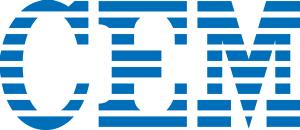
Published: September 1st 2019 | Updated:

Published: October 26th 2023 | Updated:

Published: October 26th 2023 | Updated:

Published: February 1st 2021 | Updated:

Published: October 1st 2021 | Updated: